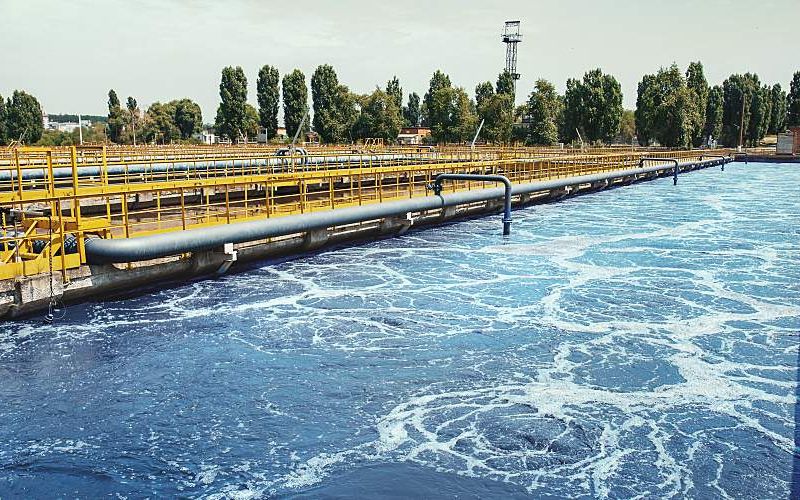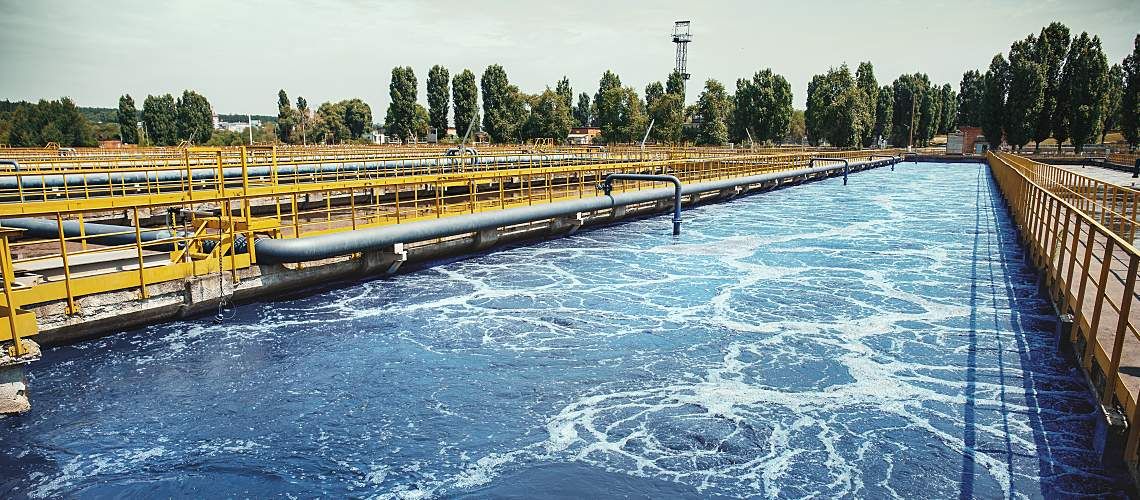Achieving Sustainable Development Goal 6 Calls for Worldwide Support from Water Professionals


On World Water Day, March 22, 2023, IDEXX CEO Jay Mazelsky announced IDEXX's pledge to join other industry leaders to invest in innovative water solutions and technology in support of United Nations (UN) Sustainable Development Goal 6 (SDG 6). The aim of SDG 6 is to "ensure availability and sustainable management of water and sanitation for all." Action is critical, because right now the UN expects a 40% shortage in freshwater resources by 2030, aggravated further by the rising world population. The result could be a global water crisis.
Water and sanitation lie at the core of all 17 SDGs. But in recent decades, overexploitation, pollution, and climate change have led to severe water stress in areas around the world. Achieving SDG 6 by the 2030 target date will require a 4X increase in the pace of progress. By 2030, it's projected that 1.6 billion and 2.8 billion people, respectively, will lack safely managed drinking water and sanitation, and 1.9 billion will lack basic hand hygiene facilities. That's a significant decrease from the current 2 billion and 3.6 billion without water and sanitation services, respectively.
Here's a closer look at the challenges the world faces in ensuring clean water and sanitation for all and the solutions and technology that can help overcome issues and get us closer to achieving SDG 6 by 2030.
Water Stress Causes Food Insecurity and Limits Sufficiency
SDG 6 champions universal and equitable access to safe and affordable drinking water. But today, more than 733 million people live in countries with high and critical levels of water stress. Even in the United States, it's estimated that 60 million residents don't have enough water.
Water stress levels in 2019 averaged 18.6% worldwide. But Southern and Central Asia registered high water stress levels of over 75%, and Northern Africa registered a critical level of 100%. Water stress has also increased significantly in Western Asia and Northern Africa since 2015. To lower these levels, the work of nonprofits is vital. For example, IDEXX Foundation supports charity: water's work to bring clean water to 30 communities throughout Africa and South Asia over the next three years.
It doesn't help that the world's water-related ecosystems are being degraded at an alarming rate, according to the UN. Over the past 300 years, more than 86% of the planet's critical wetlands have been destroyed. In 2020, an assessment of water bodies in 97 countries showed that only 60% have good water quality. But due to a lack of monitoring, at least 3 billion people depend on water with unknown quality. That makes water quality test laboratories more essential than ever.
Lessening water stress improves food security and reduces poverty across the globe.
Improving Sanitation Supports Health, Education, and Economic Growth
The complementary portion of SDG 6 aims to achieve adequate and equitable sanitation and hygiene for all. An integral part is ending open defecation, paying special attention to the needs of women and girls and those in vulnerable situations. The number of people practicing open defecation decreased by a third from 2015 to 2020, from 739 million to 494 million. This practice is on course to end by 2030.
Lack of sanitation also impacts women and girls more directly—without wash water, toilets, sanitary supplies, and hygiene education, girls still in school at adolescence are likely to miss classes or drop out of school, according to charity: water. The lack of clean water, proper sanitation, and hygiene also contributes to high rates of disease and death among mothers and newborns in the developing world.
Adequate sanitation supports community health, increases education rates, and sparks economic growth—ultimately opening up opportunities that improve quality of life.
Making Progress on SDG 6 Calls for Global Strategies and Local Actions
Scaling up efforts to achieve SDG 6 by 2030 requires the preservation of water resources, implementation of international standards and frameworks, and use of digital tools and technologies.
Countries worldwide must make concerted efforts to protect and restore water-related ecosystems—including mountains, forests, wetlands, rivers, aquifers, and lakes—to ensure adequate supplies of freshwater. It's crucial to reduce pollution, eliminate dumping, and minimize the release of hazardous chemicals and materials. The UN projects that ensuring clean water for everyone will require cutting untreated wastewater in half.
Managing water resources across international boundaries through cooperation between governments is also key. Capacity-building for water- and sanitation-related activities will benefit from new technologies for water harvesting, desalination, efficiency, treatment, recycling, and reuse.
Innovative technologies may also come into play, according to the UN Conference on Trade and Development. These include artificial intelligence, big data, and the Internet of Things to help monitor water and sanitation infrastructure and accelerate progress. For example, smart metering that provides real-time information and customized feedback can help increase the efficiency of existing water and sanitation systems.
Global partnerships are crucial to enhance knowledge-sharing that fosters the use of best practices. But a one-size-fits-all approach won't work—water solutions must be adapted to local conditions. Water quality test laboratories and wastewater treatment facilities will play significant roles in achieving SDG 6 through monitoring and treatment to ensure clean water and adequate sanitation facilities, and access to both across the globe.






